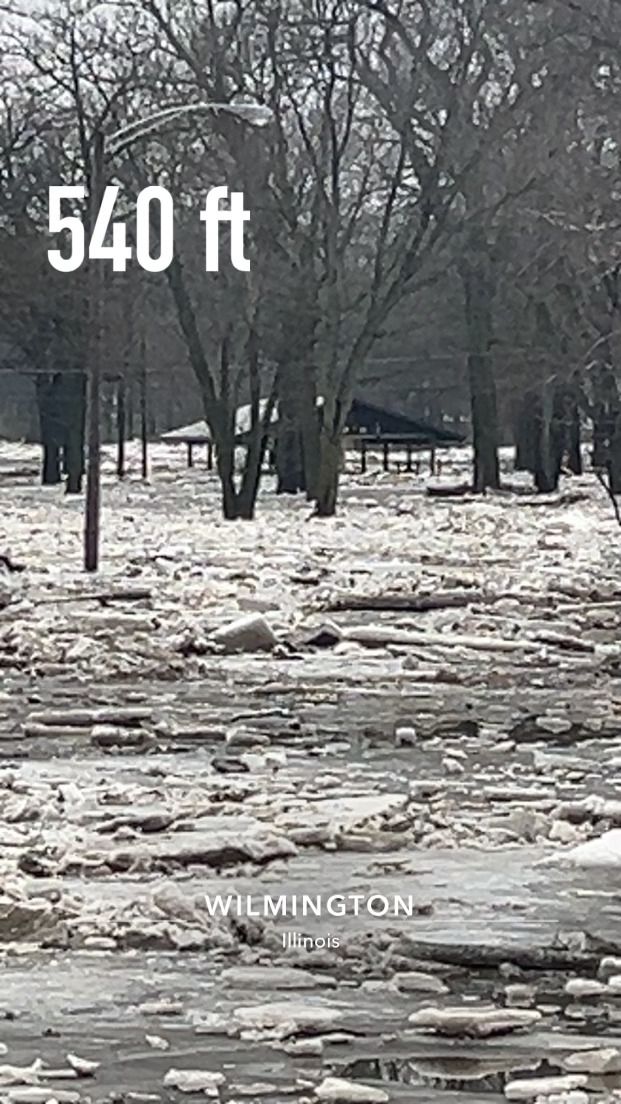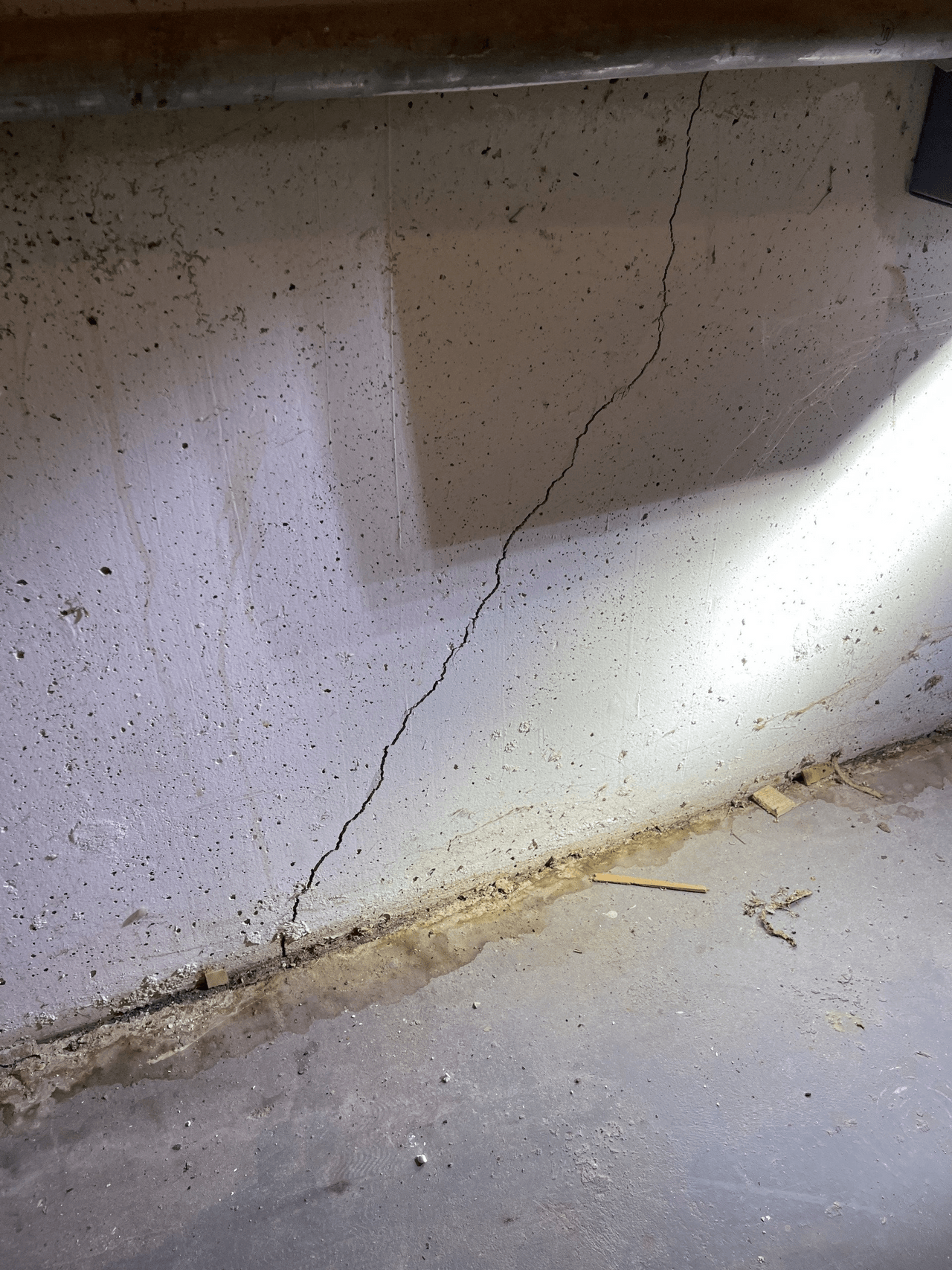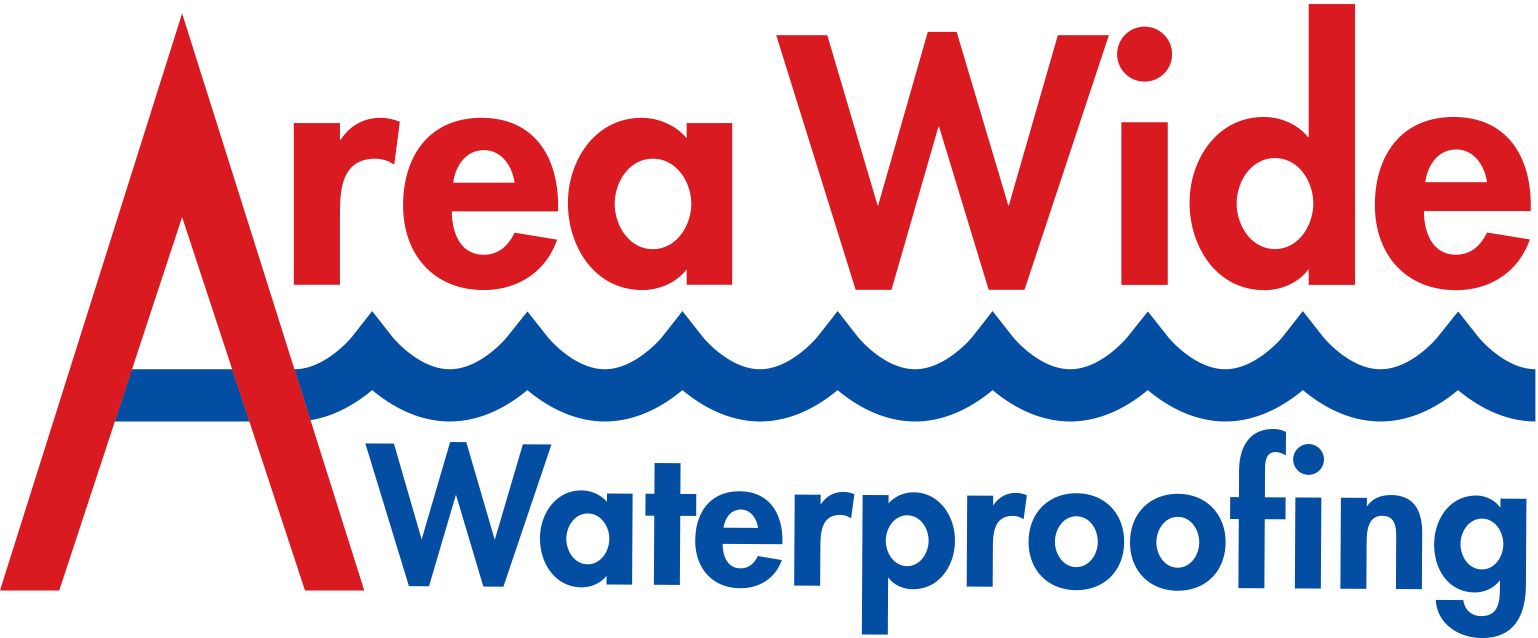Blog

Information provided by Mike Theodore County Executive Jennifer Bertino-Tarrant and Will County Emergency Management Agency (EMA) Director Allison Anderson issued the following statements in response to the U.S. Small Business Administration (SBA) announcing that low-interest disaster loans will be available to residents and businesses impacted by the Kankakee River Ice Jam Flooding that occurred in January 2024: “I encourage all residents and business owners in Will County who were impacted by flooding to apply for these low-interest, long-term disaster loans,” said County Executive Bertino-Tarrant. “Thank you to the SBA and Governor Pritzker for working to ensure that relief is available for those who were impacted by the Kankakee River ice jam flooding.” “If you were negatively impacted by the Kankakee River ice jam flooding, please consider applying online or in-person for these loans before the May 13 deadline.” said Will County EMA Director Anderson. “Representatives will be available in-person until March 29 to assist with filing applications. These loans are available to any resident, small business owner, and non-profit organization in Will County that were negatively impacted by the flooding. We appreciate the SBA and the State of Illinois for continuing to support recovery efforts in the area.” WASHINGTON – Illinois businesses and residents affected by the ice jams and flooding that occurred Jan. 15-25 are eligible to apply for low-interest disaster loans from the U.S. Small Business Administration, SBA Administrator Isabel Casillas Guzman announced today. The SBA made the loans available in response to a letter from Illinois Governor J.B. Pritzker on March 8 requesting a disaster declaration by the SBA. The declaration covers Will County and the adjacent counties of Cook, DuPage, Grundy, Kankakee and Kendall in Illinois and Lake in Indiana. Eligible applicants in the declared area can now apply for low-interest, long-term disaster loans from the SBA to support the economic recovery of the impacted community. “SBA stands ready to help the residents and businesses of Illinois impacted by the disaster in the City of Wilmington,” said Administrator Guzman. “With today’s announcement, we stand committed to providing assistance in the form of federal disaster loans to help businesses and communities get the financial support they need to recover and rebuild.” To assist businesses and residents affected by the disaster, the SBA will open a Disaster Loan Outreach Center (DLOC), at the location and times below: Disaster Loan Outreach Center – Will County Wilmington Lion's Club 805 River St. Wilmington, IL 60481 Opening: Friday, March 15, 11 a.m. to 6 p.m. Hours: Monday – Friday, 9 a.m. to 6 p.m., Saturdays, 10 a.m. to 2 p.m. Closed: Sundays Permanently Closes: Friday, March 29 at 4 p.m. Customer Service Representatives will be available at the DLOC to answer questions about the disaster loan program and help individuals complete their applications. “Businesses and private nonprofit organizations may borrow up to $2 million to repair or replace disaster-damaged or destroyed real estate, machinery and equipment, inventory, and other business assets,” said SBA’s Illinois District Director Willette LeGrant. For small businesses, small agricultural cooperatives, small businesses engaged in aquaculture and most private nonprofit organizations, the SBA offers Economic Injury Disaster Loans (EIDLs) to help meet working capital needs caused by the disaster. Economic Injury Disaster Loan assistance is available regardless of whether the business suffered any physical property damage. Loans up to $500,000 are available to homeowners to repair or replace damaged or destroyed real estate. Homeowners and renters are eligible for loans up to $100,000 to repair or replace damaged or destroyed personal property. Applicants may be eligible for a loan amount increase of up to 20 percent of their physical damages, as verified by the SBA for mitigation purposes. Eligible mitigation improvements may include a safe room or storm shelter, sump pump, French drain or retaining wall to help protect property and occupants from future damage. Interest rates are as low as 4% for businesses, 3.25% for nonprofit organizations, and 2.688% for homeowners and renters, with terms up to 30 years. Loan amounts and terms are set by the SBA and are based on each applicant’s financial condition. Applicants may apply online and receive additional disaster assistance information at SBA.gov/disaster. Applicants may also call SBA’s Customer Service Center at (800) 659-2955 or email DisasterCustomerService@sba.gov for more information on SBA disaster assistance. For people who are deaf, hard of hearing, or have a speech disability, please dial 7-1-1 to access telecommunications relay services. The filing deadline to return applications for physical property damage is May 13, 2024. The deadline to return economic injury applications is Dec. 13, 2024. Click Here for link to original article and to download applications and other relevant documents Fact Sheet 3/14/24 SBA Disaster Assist 3/14/24 SBA Disaster Assist 3/14/24 SP

We have created a tool to monitor your crack. You can download the image here , or you may have received a sticker version of this tool pictured above. It is the DIY Crack Monitor. Below are the instructions to use it. Measure the width of your foundation crack using the lines on the top of the image to identify the width of your crack at the widest point. Align the sizing guide at the top against the crack to determine it’s width. If using the sticker, simply tear away one side of the backing and adhere to the wall to monitor. Add todays date on the sticker for closest accuracy. If the sizing is in the red, this is a structural crack and may require the use of carbon fiber stitches to prevent reopening of the crack. Monitor the crack during next rain/season for changes and/or sticker movement. What is a Foundation Crack? According to the U.S. General Services Administration, “Cracks can be broadly classified as either active or dormant. Active cracks show some change in direction, width or depth over a measured period of time while dormant cracks remain unchanged. If left unrepaired, both active and dormant cracks provide channels for moisture penetration, which can lead to future damage.” In some cases, we see when an actively leaking crack is repaired, a dormant crack may become an active leaker. We also have seen when there is an outside change such as an improperly connected downspout or gutter full of debris, a dormant crack may become active. Let the experts at Area Wide Waterproofing help you identify and classify your cracks! There are several types of cracks. The severity of a crack is characterized by width, depth, and direction. Some of the most common cracks are listed below. Hairline: We most commonly see Hairline Cracks. Hairline cracks are less than 1/8th inch and in the "black" on the crack monitor tool. Diagonal Corner Cracking: Very common to occur and likely not structural. Shrinkage: Most often occurs while concrete is curing and is due to the surface drying too rapidly. Once you discover a crack in your basement or crawlspace you should measure the width of the crack and document with a photo, and monitor the crack after heavy rains throughout the rainy season for signs of moisture entry. Outside of rainy days, you should check monthly for changes or growth of the crack and any additional cracking as these can be early signs of structural issues. What does moisture entry look like? Besides the obvious wet walls or floor you may see streaking or a white chalky residue on the walls. This residue is called efflorescence. Efflorescence is left behind from water deposits on the concrete and can help identify cracks that leak versus cosmetic cracks. See photo below.

Did you know some cities offer rebates on flood mitigation projects? In this article we will outline the terms and cities that offer these programs. Area Wide Waterproofing is licensed in the cities we work in. We are bonded and insured. It is important to work with a contractor that meets these requirements to protect you as a homeowner. Call for an estimate . Free estimates for home owners. Chicago Heights Since Chicago Heights has experienced flooding for many years, the city has created a flood plain plan. This plan, which was enacted in November 2004, offers residents who have projects that qualify financial support in the form of refunds. This program offers owners of owner-occupied single-family homes a 50% rebate for flood control projects they undertake, up to a maximum of $3,000 for the project. Examples of such projects include the installation of overhead sewers and drain tile and the elevation of landscaping for improved drainage patterns around homes. The Building Department must receive project applications for pre-approval. It's necessary to get two quotes and a contractor's recommendation. Your home will be inspected following the completion of the renovation to ensure compliance with code requirements. All contractors must be licensed and bonded with the City of Chicago Heights. Click here for the Overhead Sewer Flood Assistance Application South Holland The Flood Assistance Rebate program is available to qualified applicants for pre-approved flood-proofing projects. The grant offers residents a 25% rebate, to a maximum of $2,500 for the following flood-control projects: Surface Water Projects Diversion of downspout water Flood walls Sewer Backup Projects Overhead sewers (repairs and installation) Removal of sump pump and down spout connections from sanitary sewers Back flow valves Surface Projects Interior and/or exterior drain tile Crack repair and/or waterproofing foundation walls Those planning to apply for a grant must contact Brian Smith at 708-210-2915 before beginning any flood-control project.
